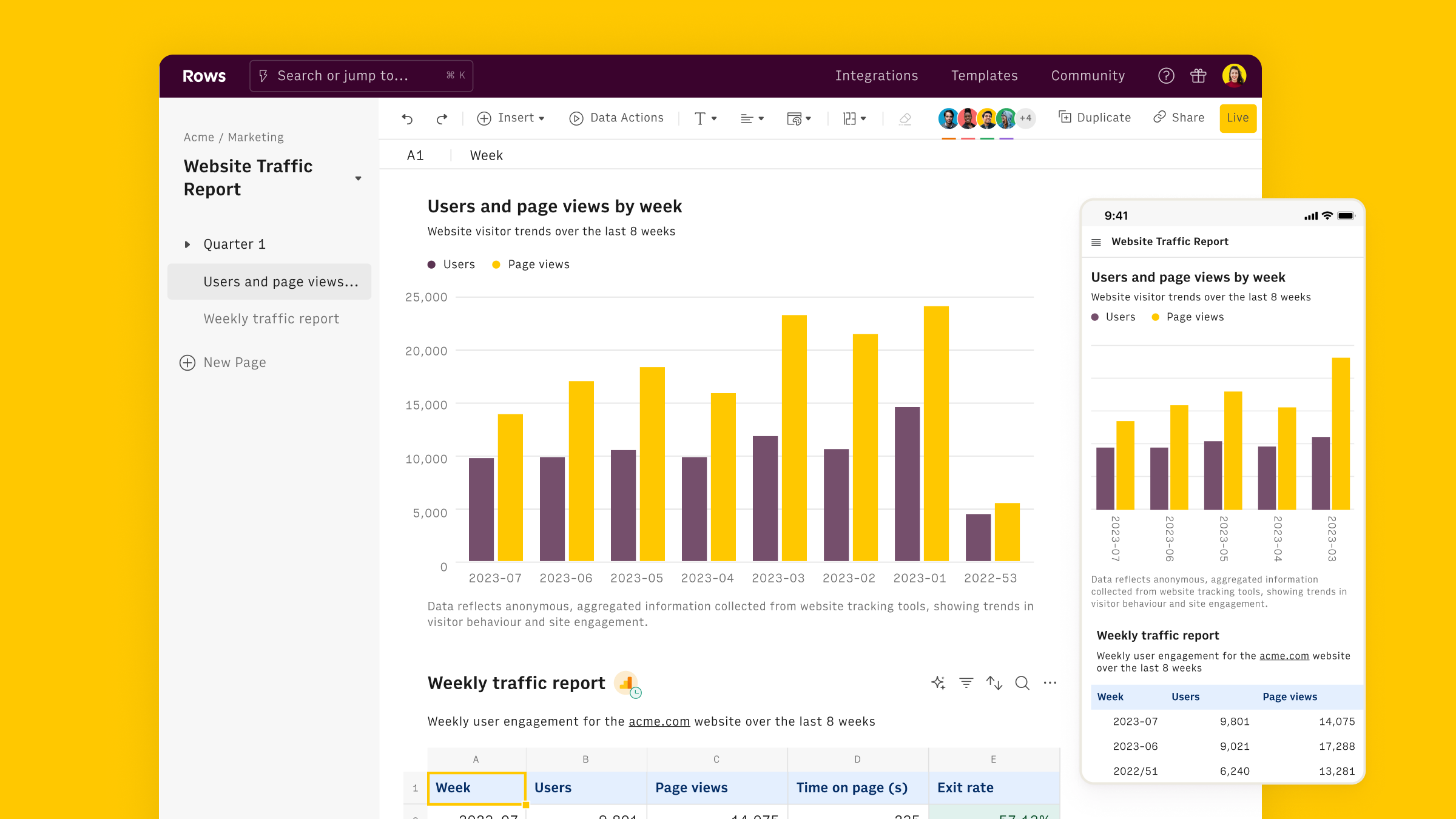What is Path Exploration
Path Exploration is a powerful feature in Google Analytics 4 (GA4) that allows you to visualize and analyze the sequences of pages or events users navigate through on your website or app.
It is part of GA4's Exploration reports, offering a more dynamic and flexible way to examine user behavior compared to the behavior flow reports in Google Analytics Universal Analytics.
How to use Path Exploration in GA4
To access and use Path Exploration in GA4:
- Navigate to Explore in your GA4 property, click on "Blank" to start a new exploration from scratch

Alternatively, you can use the Path Exploration template

- In the technique dropdown, select "Path exploration"

- Configure your exploration:
- Choose a starting point (e.g., all users, or users who performed a specific event)
- Select the nodes (steps) you want to analyze (e.g., page_view, purchase, etc.)
- Set the number of steps to display
- Apply any segments or filters as needed

- Run the report and analyze the visual representation of user paths
To tweak your exploration, use the following features:
- Node expansion: Click on any node to see subsequent steps
- Path analysis: Examine popular paths and drop-off points
- Segment comparison: Compare paths across different user segments
- Time analysis: See how paths change over different time periods
How to use Rows to enhance Path Exploration analysis

While GA4 provides native tools for Path Exploration, Rows can complement and enhance your analysis.
Rows is the easiest way to access, transform and share your business data. It works 100% as a spreadsheet, but lets you bring live data from 50+ sources, including GA4's User Stickiness, directly into your spreadsheet, thanks to built-in API integrations.
While Rows doesn't have a specific template for Path Exploration, you can use the GA4 Journey Report or GA4 Event Conversion Report or as starting points. You can then modify this to import and analyze data related to user paths.
With Rows, you can:
- Import GA4 data about user events
- Create custom visualizations of user journeys
- Perform advanced calculations on path data (e.g., conversion rates for different paths)
- Set up automated reports to track changes in popular paths over time
- Combine path data with other metrics for comprehensive analysis
Other useful Rows templates for complementary analysis:
- Google Analytics 4 User Report
- Google Analytics 4 Retention Report
- Google Analytics 4 Traffic Acquisition Report
- Google Analytics 4 User Acquisition Report
- Google Analytics 4 Demographics Report
- Website Analytics Dashboard
- Google Analytics 4 Content Group Report
These templates can help you understand how acquisition channels affect user paths and how different paths contribute to conversions, providing a more holistic view of your user journey optimization efforts.
Why to use Path Exploration
Path Exploration offers three key benefits for businesses and analysts:
Understand User Journeys: Visualize how users navigate through your site or app and identify Drop-off Points. This helps identify popular pathways and potential roadblocks. For example, you might discover that users often visit your pricing page before making a purchase, informing decisions about where to place key information or calls-to-action.
Improve User Experience: Based on the user behavior, you can formulate hypotheses to be tested with A/B tests. If you notice a high drop-off rate at a certain point, you can test different versions of that page or step to improve retention By understanding common user paths, you can streamline navigation and ensure important pages are easily accessible. If users frequently navigate back and forth between two pages, it might indicate a need to combine or better link that information.
Analyze Marketing Effectiveness: See how users from different marketing channels behave on your site. This can help you tailor landing pages and user flows for specific campaigns. For example, you might find that social media users have different browsing patterns compared to search engine visitors.
By leveraging Path Exploration, you can make data-driven decisions to improve user experience, optimize conversion funnels, and ultimately drive better business outcomes.